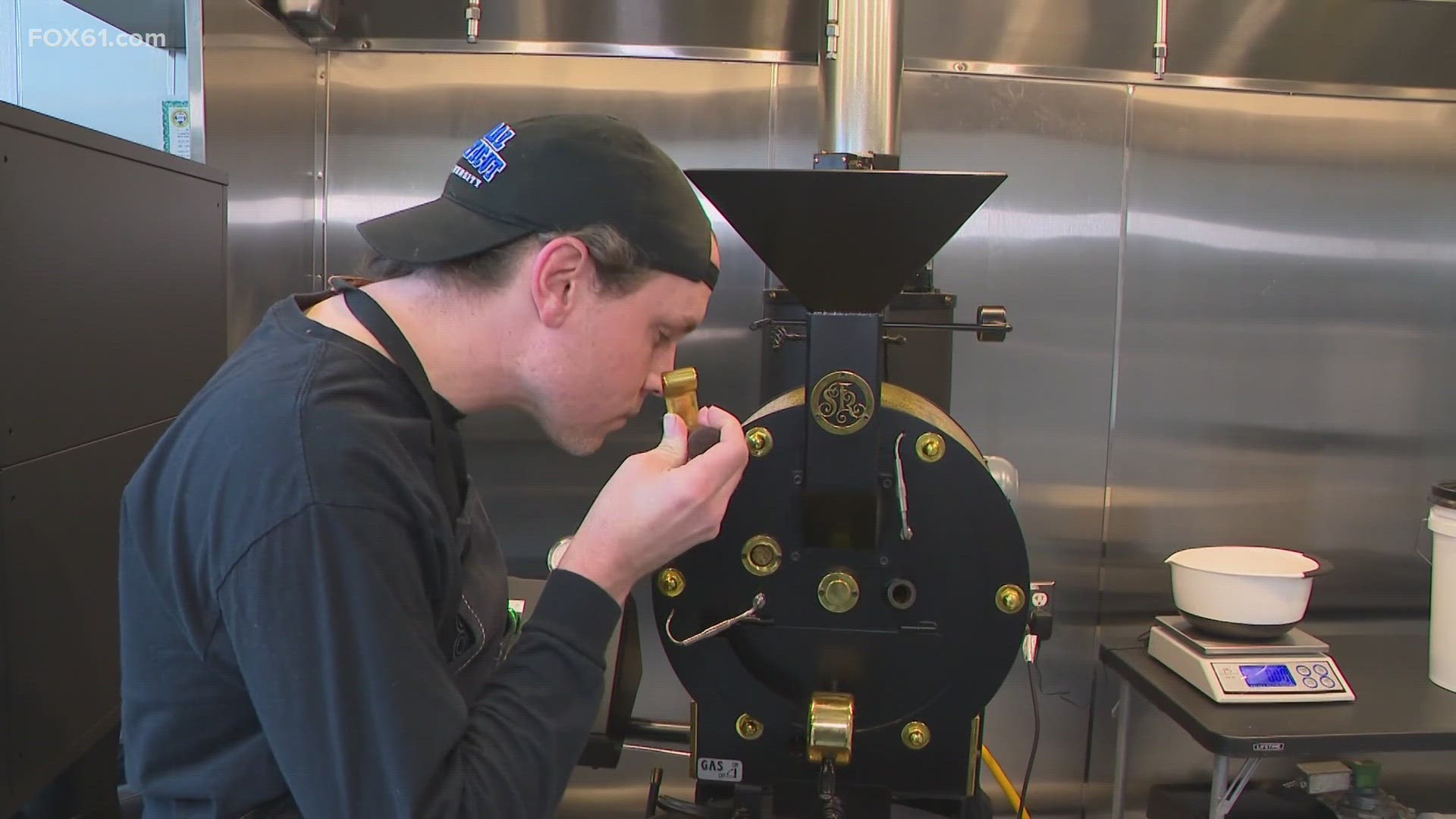

Content provided by the Connecticut Small Business Development Center
What is the secret to the continued success of big brands and corporations?
It’s not glamorous.
It’s market research.
The big guys use data backed by market research to make their business decisions. A new Starbucks store is not chosen at random. That slick Facebook ad campaign you’re seeing is not by chance. Strategic operation decisions and marketing campaigns are based on an analytical understanding of their market.
For small businesses, getting your hands on high quality market research can be expensive and time-consuming. However, there are several low-cost and even no-cost market research tools available through the Connecticut Small Business Development Center that will give you some of the same insight to markets that national business uses.
One of these tools is Esri’s Business Analyst Online (BAO), a robust collection of demographic and consumer spending data and lifestyle analysis profiles, available for a specific location or for an area. This low-cost resource enables you to make reach marketing and business location decisions the same way large businesses do.
Here are 4 ways market research can help you make strategic business decisions like big business.
-
Get a better understanding of your local market.
Sometimes a business is all about location. You rely on your neighborhood to generate most of your business, and you know your best customers by name. But how about your neighbors who aren’t customers? Who are they? What is changing about your neighborhood that you aren’t aware of?
Big, national brands use demographic data to profile their service areas. They look at age, gender, household income, disposable income, and educational attainment to match populations to their customer profile. They review this data over time to identify changes and tease-out trends that might impact sales either positively or negatively.
For instance, Wendy’s uses BAO maps to show Census data by neighborhood. This helps Wendy’s determine where customers and employees are likely to be. According to Wendy’s Real Estate Director John Crouse, “We look where more income is, or less income, and where areas are more concentrated with family households, rather than empty nesters,” as one element of their decision-making.
-
Find the most profitable location.
Maybe you need to compare locations for your new business, or a second (or more) location for your existing business. Perhaps you are trying to optimize limited marketing resources and need to select a target market among several options; or you want to know how well a market is currently served by businesses of your type.
BAO can help you understand where residents go to get the products or services you provide, by looking at how much is spent on different product categories within and outside of an area. For example, a large furniture retailer will look closely at an area that shows people buying more furniture outside a region than within.
On the other hand, if the data shows more sales than would be expected in that area, that retailer may see saturation of their product type and look elsewhere.
And when it comes to selling services, this data will help you devise smarter sales territories with less competition among your sales team.
-
Create a marketing plan that draws in customers.
Big retailers strive to connect store inventory with target customers. They use data on consumer behavior to determine what a local population prefers according to lifestyle, educational attainment, occupation, and other attributes. Armed with this data, they tailor in-store offerings, customize events and marketing, and even price their products according to the local profile.
Small business can go beyond “how many people” and “how much was spent” to develop a better understanding of consumer lifestyle preference in their target area. BAO’s Tapestry Segmentation pulls all of this together in a simple report. When linked to a profile of your “best customer”, a powerful marketing tool once considered unaffordable is now within reach.
-
Get insights to help you grow your business.
Market data can help small business providers of services to find clusters of need for their services, and gaps in services that they can fill. When combined with a solid understanding of competitors, small businesses are able to draw conclusions on opportunity. And, knowing the location of this opportunity makes planning for deploying services much more practical.
Planet Fitness of Maryland staff use the Esri’s geographic information system (GIS) platform to analyze the location and makeup of the current membership. Gym members’ addresses are color-coded based on club affiliation, and the patterns that emerge give insight into when and where to grow to meet demand and market opportunity. BAO can provide much of the same capability, and combine this with consumer spending and other data.
How would this information help you start or grow your business? You’ll gain the ability to see your customers and your opportunities in a clear, actionable way, just like the big guys. You can access your business’s customized Business Analyst Online data from the Connecticut Small Business Development Center. It’s available when you register for CTSBDC’s no-cost, confidential advising services. Go to www.ctsbdc.com to learn more and request business advising.





